As part of the institution’s growing commitment to photography, the National Museum Cardiff presents its first photography season
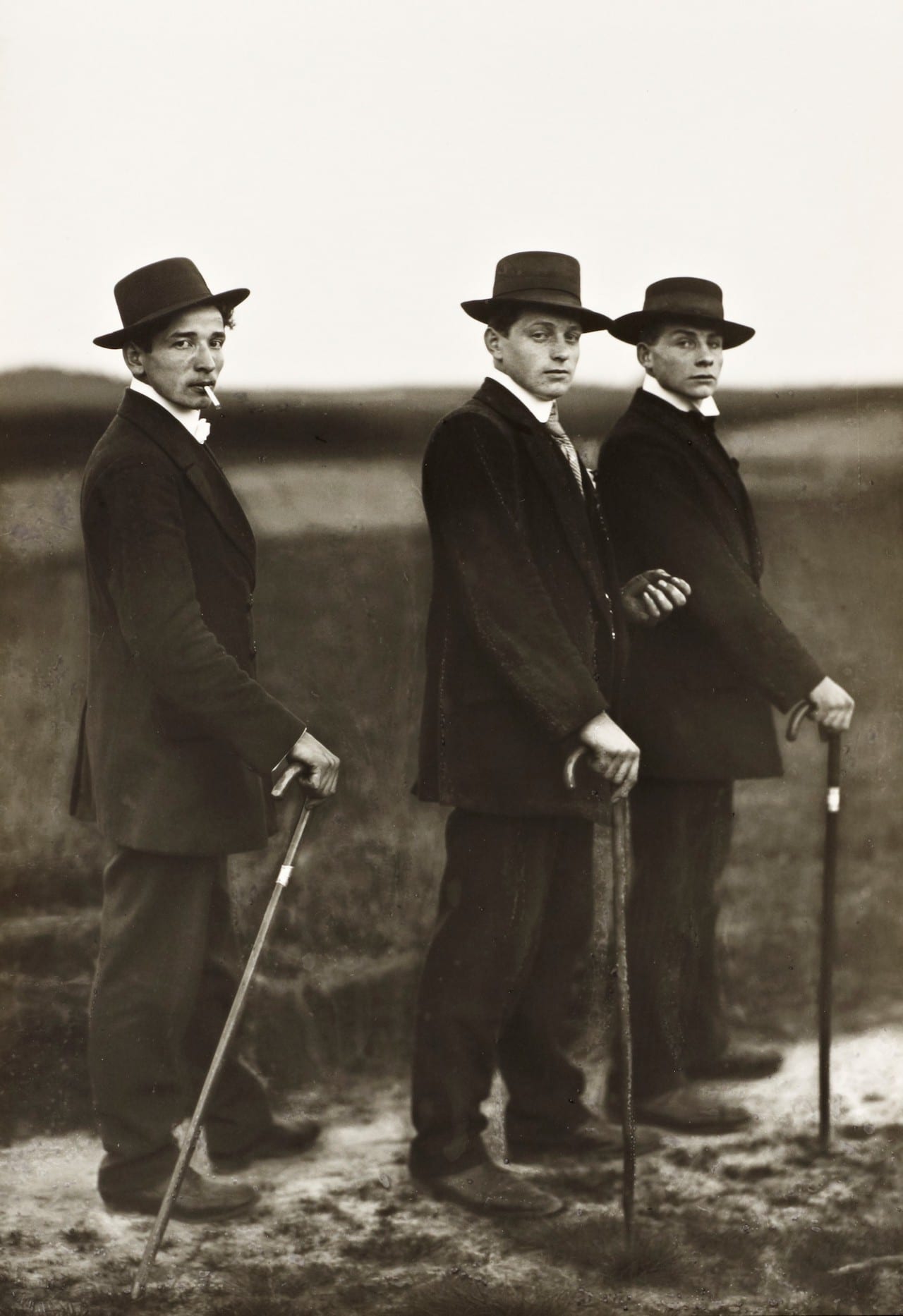

As part of the institution’s growing commitment to photography, the National Museum Cardiff presents its first photography season
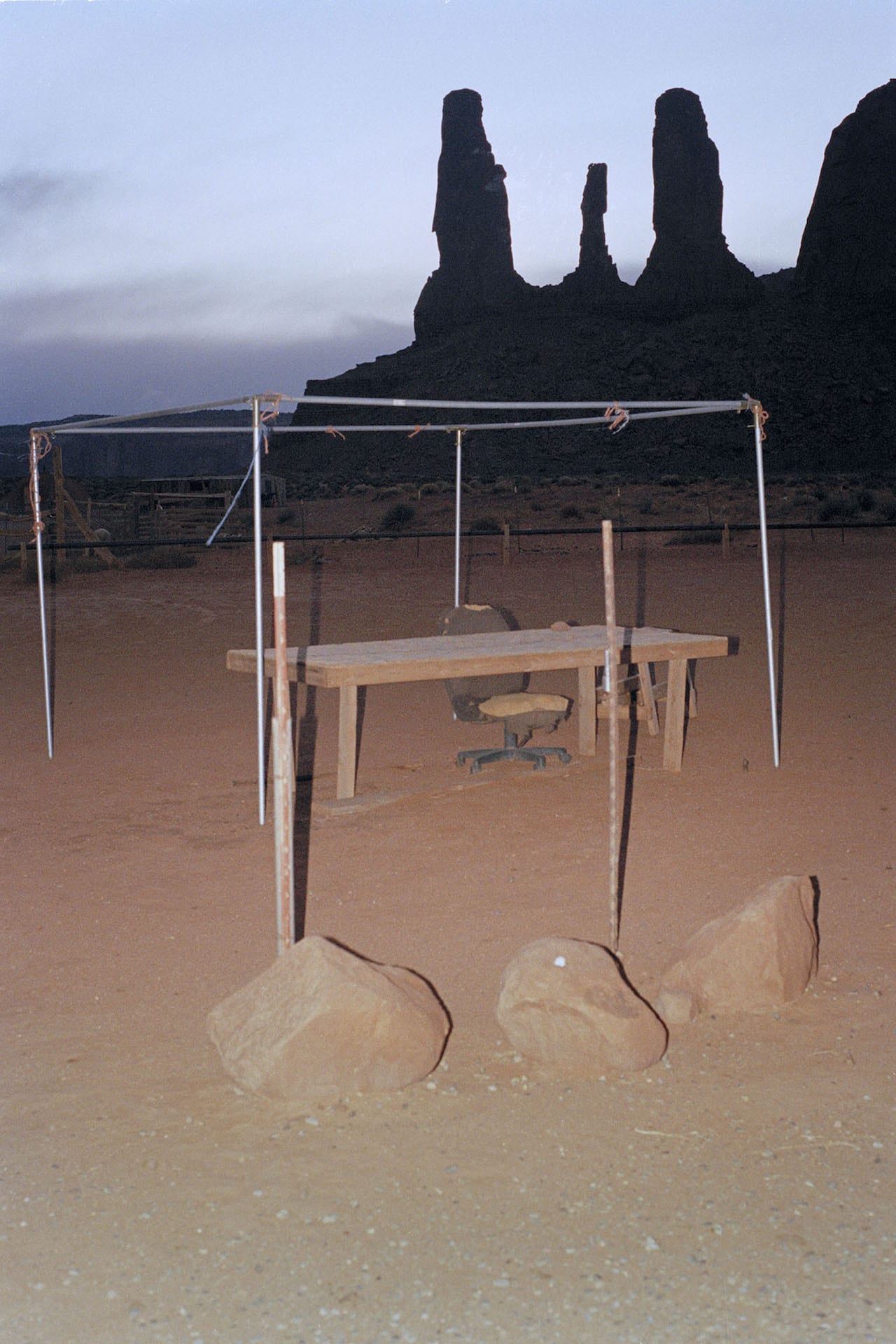
Publications we loved, and the big news stories from the last month in photobooks, including American Winter by Gerry Johansson, Void’s Hunger project, and JA Mortram’s Small Town Inertia
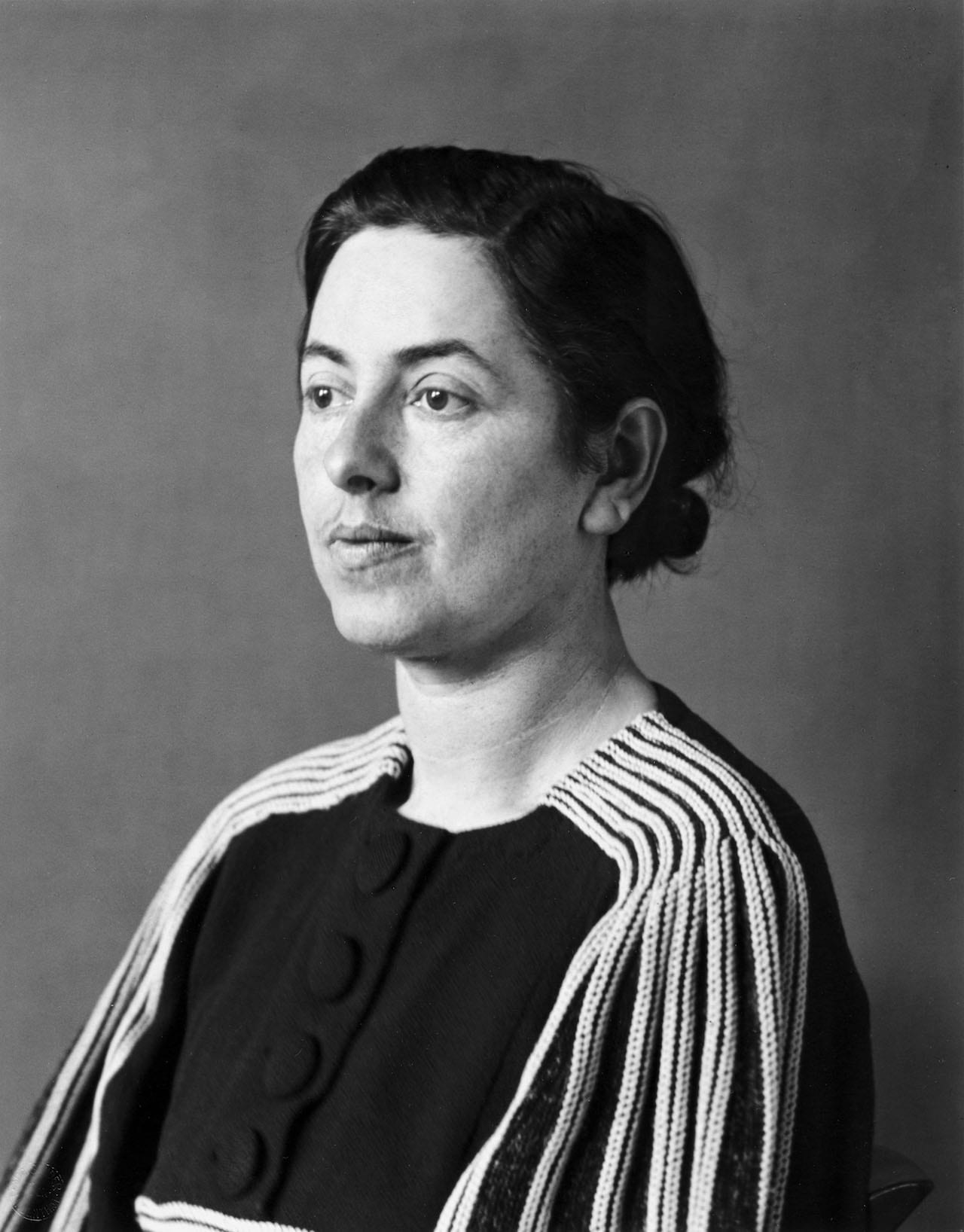
“Nothing seemed to me more appropriate than to project an image of our time with absolute fidelity to nature by means of photography… Let me speak the truth in all honesty about our age and the people of our age.” These are the words of August Sander, one of the most poignant figures in the history of photography, best-known for his ambitious, lifelong project, where he sought to create a comprehensive photographic work that faithfully represented the physiognomy of German society.
People of the 20th Century, as it was eventually named, is an attempt at a social portrait of the everyday German man and woman living in the 1900s – a period of time which, unbeknownst to the photographer at its inception, would give way to two world wars, the largest migration of people in human history, and ethical, economic and political hysteria.

BJP’s annual Cool + Noteworthy issue is back, presenting the people, places and projects that have caught our eye over the past year.
Among this year’s noteworthies is the photographer behind our cover story, Tyler Mitchell, who became the first black cover photographer of American Vogue when he shot Beyoncé for the September 2018 issue. He tells the BJP about his new-found mission since returning home after living in London: “I realised I have a responsibility to be, specifically, a black American photographer and filmmaker.”
We also spotlight Kensuke Koike, a Japanese collagist who gives new life to old photo albums. Koike has attracted a loyal following on Instagram with his savvy cut-and-move videos, making his latest book one of the most anticipated on 2018. Feng Li is another newcomer who has made waves in fashion photography over the past year. This issue we feature Li’s playful fashion shoot in his native Chengdu, a creative city on the rise in China.
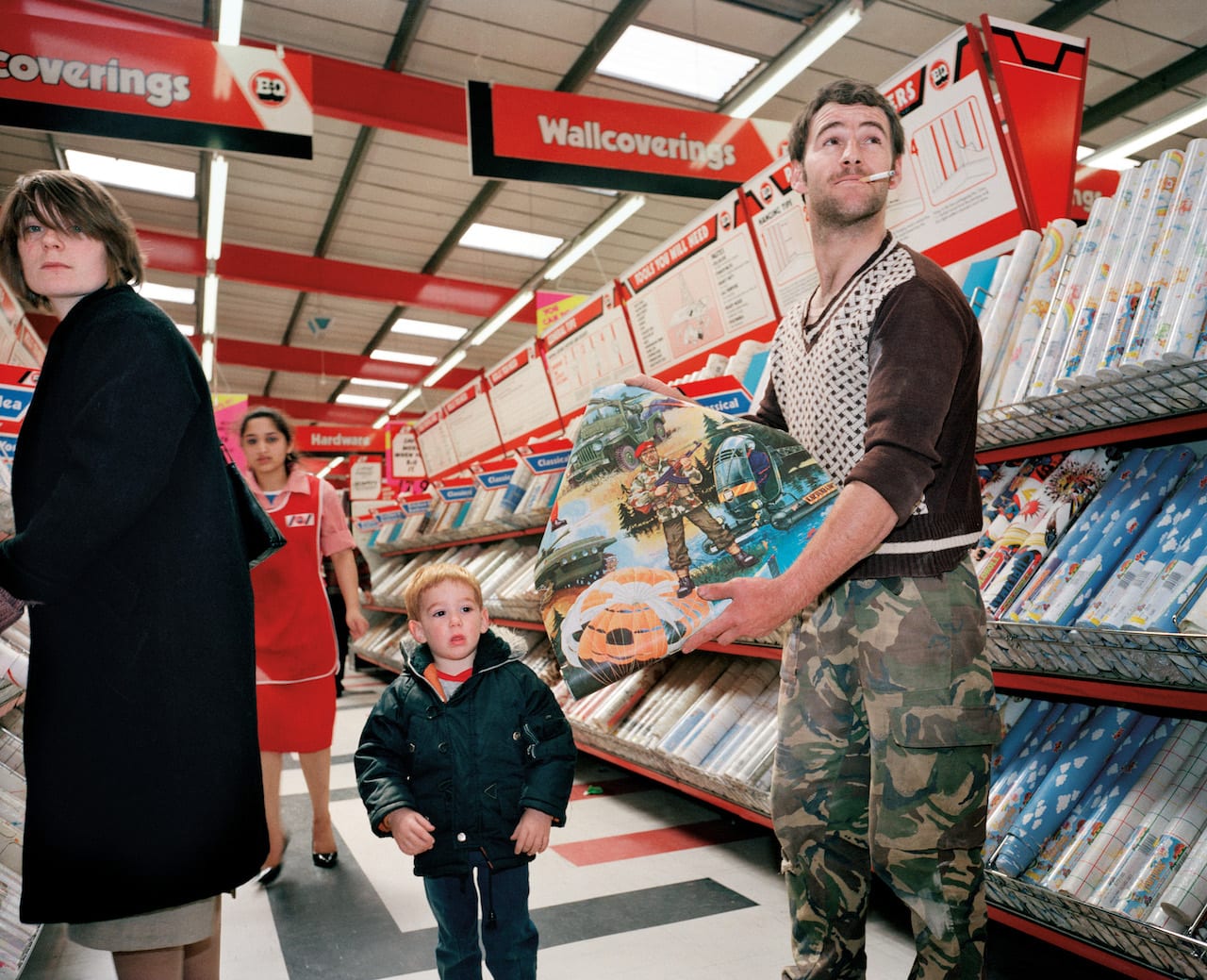
If you don’t get the reference, it’s a curious title for a photobook – Fables of Faubus, the 30-year retrospective by British documentary photographer Paul Reas. But if you’re a jazz fan you’ll know it’s taken from a song by Charles Mingus, written after Arkansas governor Orval Faubus decided to bar the integration of Little Rock Central High School in 1957.
To Mingus, and many others, Faubus stood for a dark force holding back progressive social change. For Reas, the title suggests the metanarrative that runs behind the many stories he’s shot in the UK on heavy industry, consumer culture, the heritage industry, and more – namely, the disenfranchisement of the British working class, “the years of decline of industry and the fall out from that, communities being de-centred and levelled”.
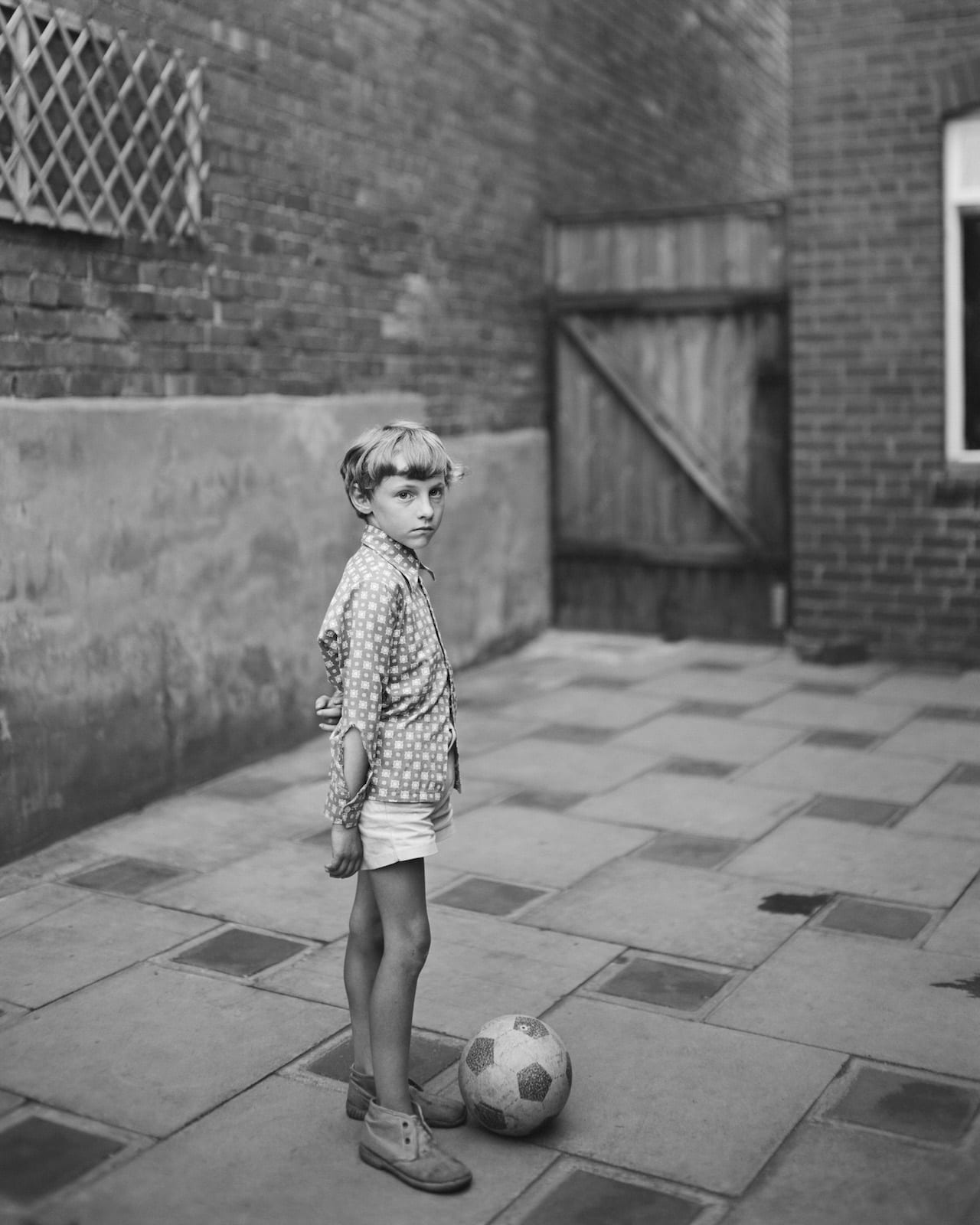
“It was a different time to now, it’s hard to remember just how scarce images were,” says John Myers. “Now you can get things on screen, in the early 1970s there was only a smattering of images available. When I give a talk, I often start by handing out a sheet of paper with a list of interests and influences in 1972-75. The names run across just half a side of A4. There aren’t that many on it, and it includes people I was interested in on the basis of one or two images.” But for Myers, this scarcity was part of the allure. After studying Fine Art with Richard Hamilton, he got into photography in 1972 “because I had never done it”; initially only familiar with Bill Brandt and Henri Cartier-Bresson’s work, as photography rapidly gained recognition in Britain he soon had access to much more. “I was so excited to come across people, when photography suddenly started emerging from the shadows and books were being published,” he says. Myers started shooting with a Mamiya but, finding it “odd” to be looking down at his waist, moved to a 5×4 plate camera and soon found his stride.
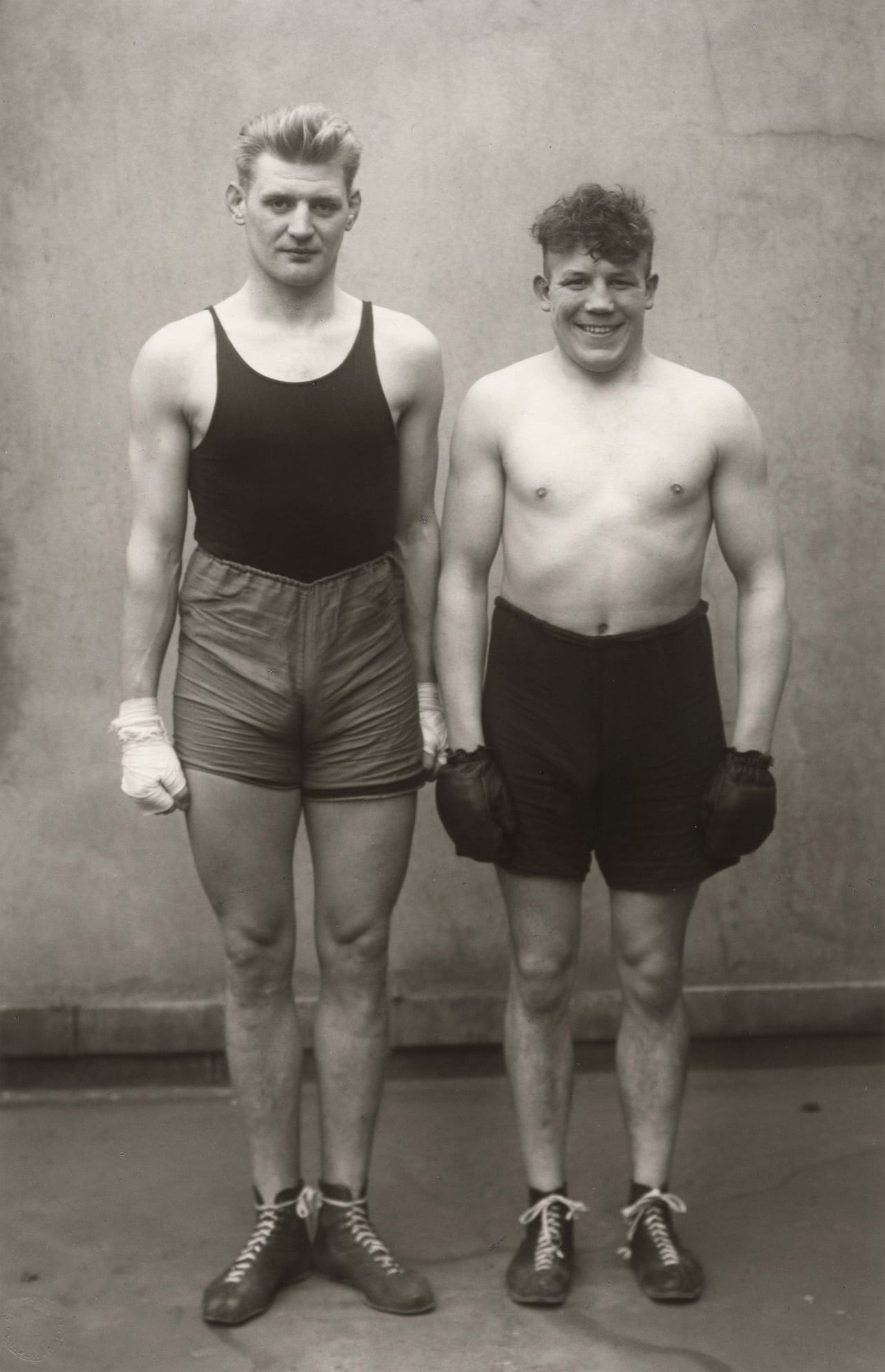
Born in 1876 in the German mining town of Herdorf, August Sander discovered photography while working at a local slagheap. Serendipitously meeting a landscape photographer working there for a mining company, he went on to assist the image-maker, and by 1909 had opened his own studio in Cologne. Around this time he also started taking portraits of his fellow-Germans, deliberately eschewing the then-prevalent pictorialist approach in favour of recording as much detail as possible. “Nothing seemed to me more appropriate than to project an image of our time with absolute fidelity to nature by means of photography,” he stated. “Let me speak the truth in all honesty about our age and the people of our age.”

“It may seem like a provocation, but I am not particularly interested in architecture – at least not in that of great architects and cult buildings,” says Eric Tabuchi. “I’m interested in what humans build, whether for shelter, work, recreation or worship. Basically, what has captivated me for 20 years is the vast domain of anonymous architecture, which is the daily environment of most of the inhabitants of this planet, and which we do not look at it so much. It appears to us without any real quality.”
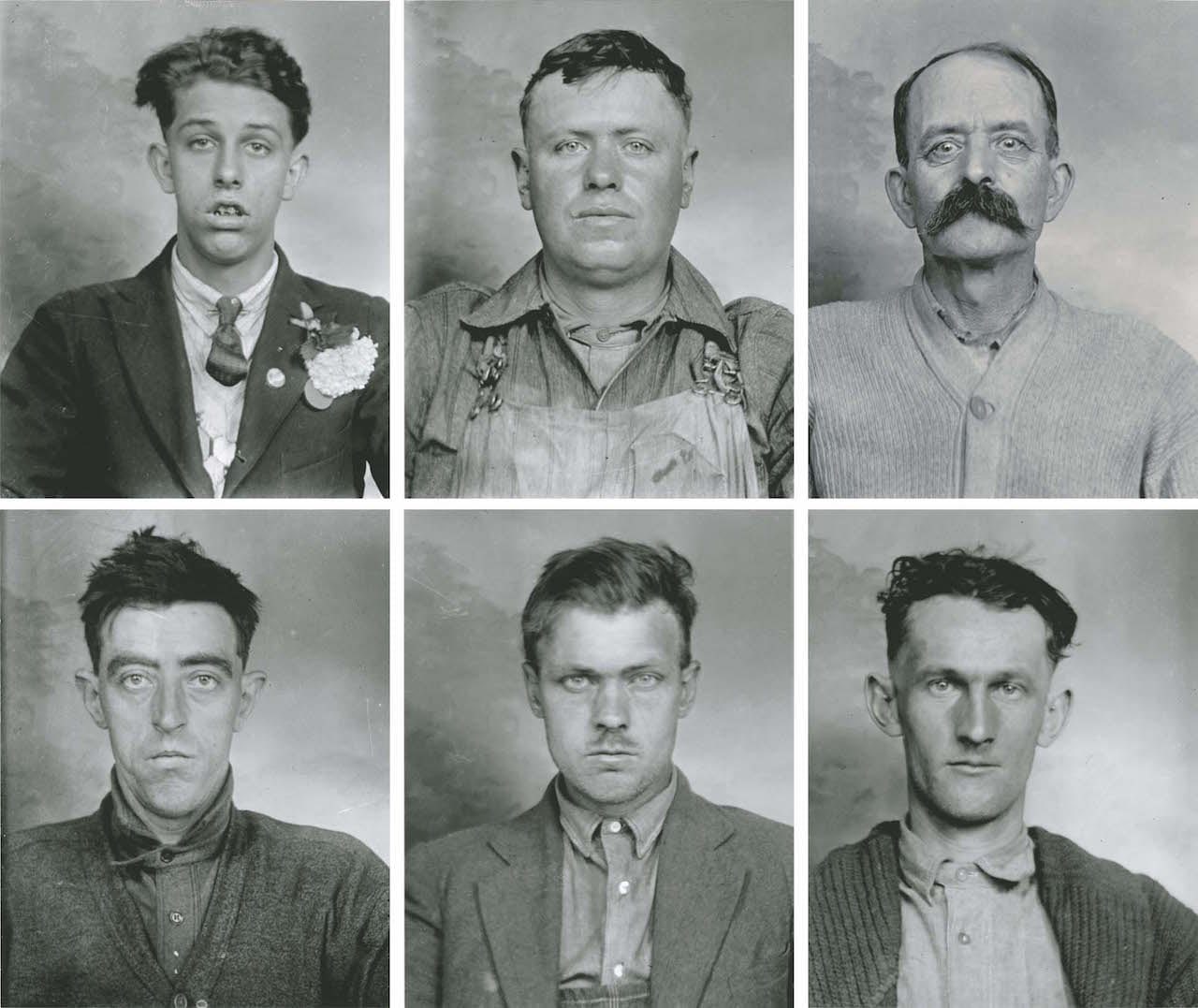
The Walther Collection has kicked off an 18-month exploration of vernacular photography with a show titled The Shadow Archive: An Investigation into Vernacular Portrait Photography. Taken from the 1850s to the present day, the collected portraits depict groups such as ‘migrant laborers’, ‘inmates of an asylum’, ‘criminal photographs’, and ‘G&G Precision Works Photographic Identity Badges’, and, says the organisers, show how “identification photographs have been used to sort, shape, segregate, and select subjects based on occupation, social group, body type, or political affiliation”. The title references a phrase used by writer and photographer Allan Sekula to reference “the entire social field of human representations, comprising both heroes and deviants, within which every portrait takes its place as part of a moral hierarchy”.